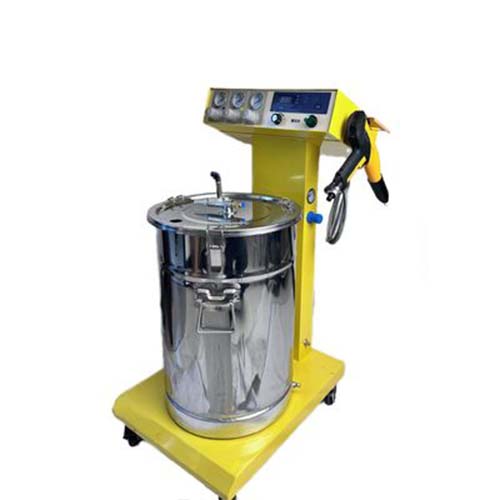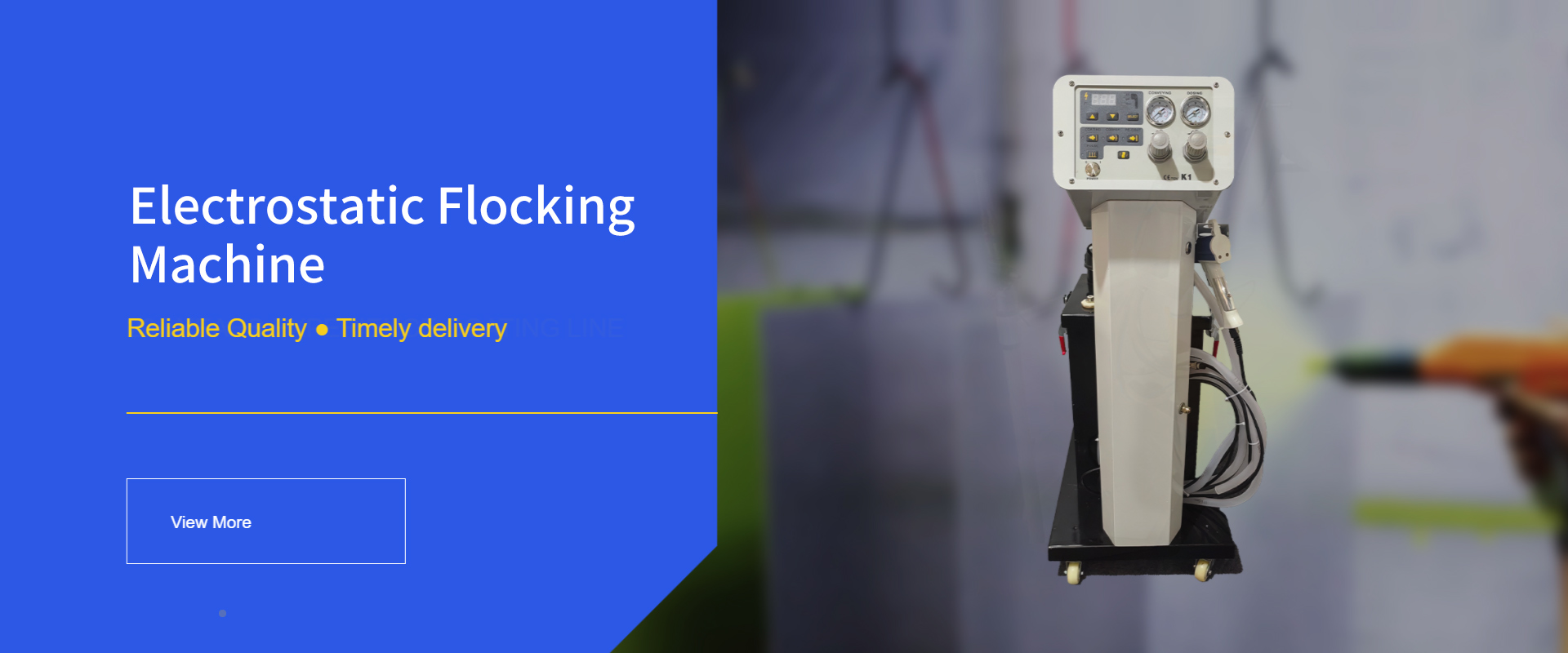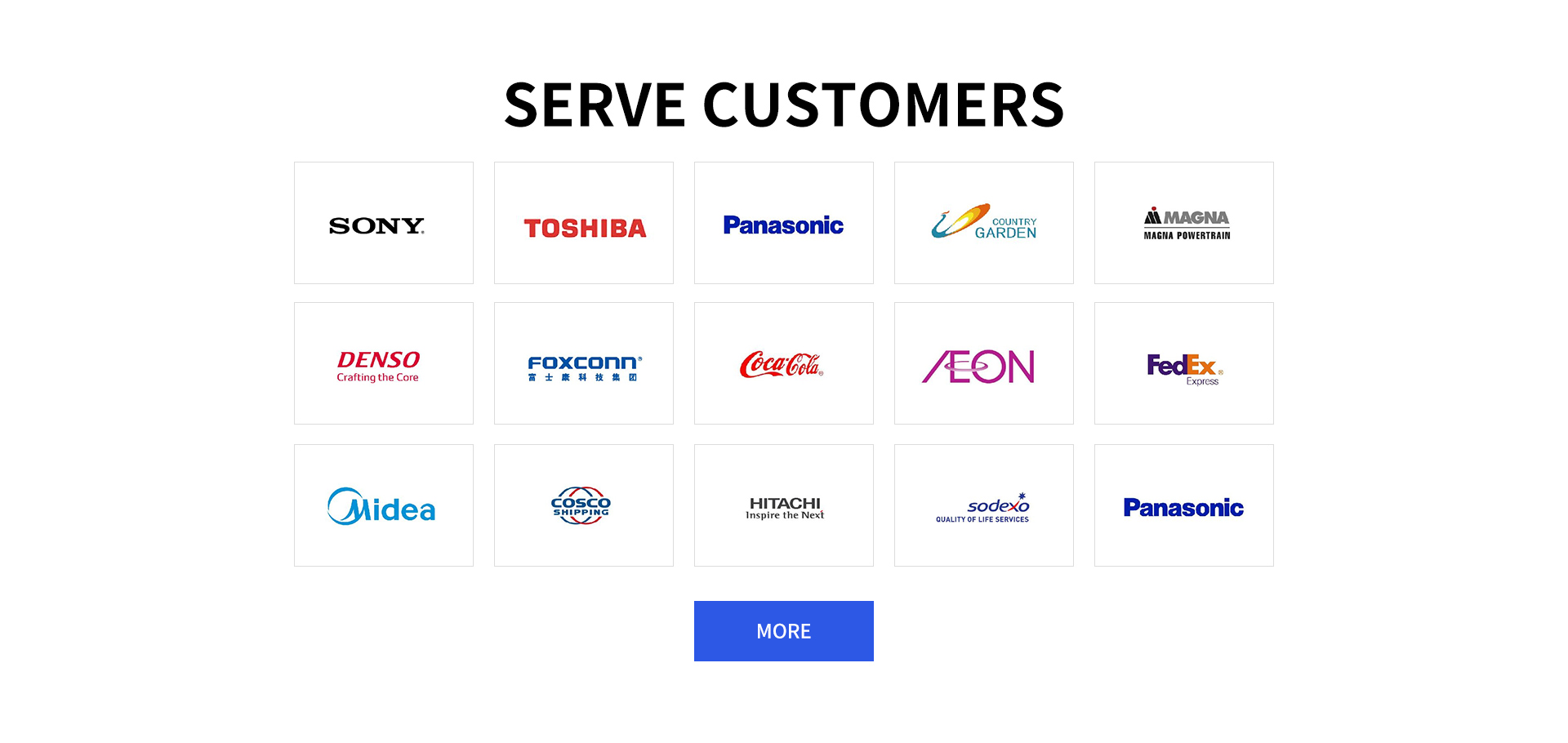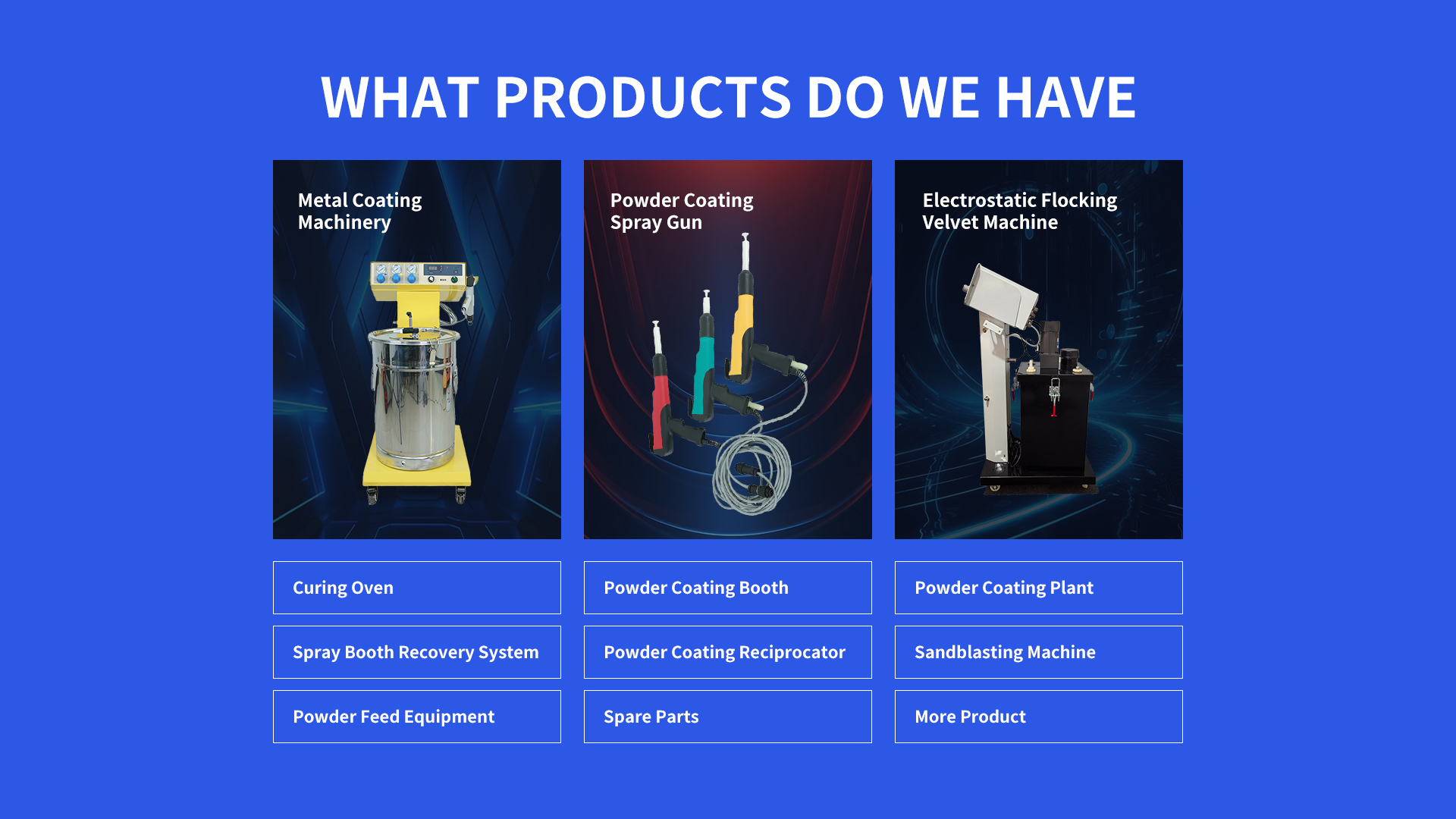Automatic Spray Equipment: A Consumer's Practical Guide
Automatic Spray Equipment caters to varied market demands. It’s used in furniture refinishing for chair spraying, metal fabrication for pipe coating, and plastic manufacturing for toy painting. Prices start at (2,800 for basic portable units, while industrial-grade systems reach )150,000, fitting small workshops and large production lines.

Automatic Spray Equipment: Coating Project Introduction
Automatic Spray Equipment handles diverse coating tasks. Furniture workshops use it to apply lacquer on wooden chairs, ensuring smooth, glossy finishes. Metal factories coat steel pipes with anti-corrosion spray, enhancing durability. Plastic manufacturers rely on it to paint toy parts, achieving vibrant, even colors across batches.
Automatic Spray Equipment: Surface Treatment Process Technology
Automatic Spray Equipment integrates effective surface treatment. For wood, ultrasonic cleaning removes dust and oils, improving paint adhesion. For metal, sandblasting creates a textured surface, ensuring coating bonds tightly. These processes prevent peeling and ensure long-lasting results in various environments.
Automatic Spray Equipment: What Is It
Automatic Spray Equipment is a machine that automates the spraying process. It uses electric or pneumatic power to drive spray guns, controlled by settings for pressure, flow, and pattern. It reduces manual effort, ensuring consistent coverage on materials like wood, metal, and plastic, suitable for both small-scale and mass production.
Automatic Spray Equipment: Component Breakdown
Spray Gun Module: The core part that emits the spray. It has adjustable nozzles to control spray width and intensity, compatible with different materials from thin paints to thick coatings. Ergonomic design in portable models eases handling.
Power and Control Unit: Supplies energy and manages operations. It includes a motor or air compressor, and a control panel to set parameters like spray time and pressure. Digital displays show settings for easy monitoring and adjustment.
Material Supply System: Stores and delivers the spray material. It consists of a tank, hoses, and filters. The tank holds the material, filters prevent clogs, and hoses transport it to the gun at a steady rate, suitable for various viscosities.
Automatic Spray Equipment: Advantages
Automatic Spray Equipment offers key benefits. It ensures uniform coating, reducing unevenness common in manual spraying. It speeds up work, handling more pieces in less time. It minimizes material waste by precise application, cutting costs. Its adaptability to different materials and project sizes enhances its practicality for diverse users.
Automatic Spray Equipment: Q&A
How to Choose the Right Automatic Spray Equipment for Home Furniture Projects
Consider project size: portable, lightweight models work for small chairs, while stationary units suit larger tables. Check compatibility with wood paints and lacquers you plan to use. Look for easy-to-clean features to handle leftover paint. Opt for low-noise designs to avoid disturbing home environments.
How to Use Automatic Spray Equipment Safely in a Home Garage
Ventilate the area well with open windows or fans to disperse fumes. Wear a respirator, goggles, and gloves to protect against inhaling particles and skin contact. Keep the equipment away from heat sources and flammables. Disconnect power when refilling material or cleaning to prevent accidents.
How to Maintain Automatic Spray Equipment to Ensure Long-Term Use
How to Troubleshoot Uneven Spray with Automatic Spray Equipment
Check if the nozzle is clean; a clogged nozzle causes uneven spray, so clean it with a brush. Adjust the pressure settings—too high leads to overspray, too low results in sparse coverage. Ensure the material is properly mixed; settled particles cause inconsistency. Maintain a steady distance from the workpiece while spraying.
How to Determine the Right Material Viscosity for Automatic Spray Equipment
Refer to the equipment manual for recommended viscosity ranges. Test with a sample: if the spray is too thin and runs, add a thickener; if it’s too thick and clogs, thin it with a suitable solvent. Use a viscosity cup to measure and adjust until the material flows smoothly through the equipment without issues.
Statement: Hangzhou Huaxiang Coating Equipment Co., Ltd Chinese Powder Coating Equipment facturers provide you with customized equipment for various types of Powder Coating Lines, Powder Coating Ovens, Powder Coating Booths,Powder Coating Guns, etc. For inquiries! Contact us at
Email: gezx@cncolourspray.com
WhatsApp: +86 13335812068












